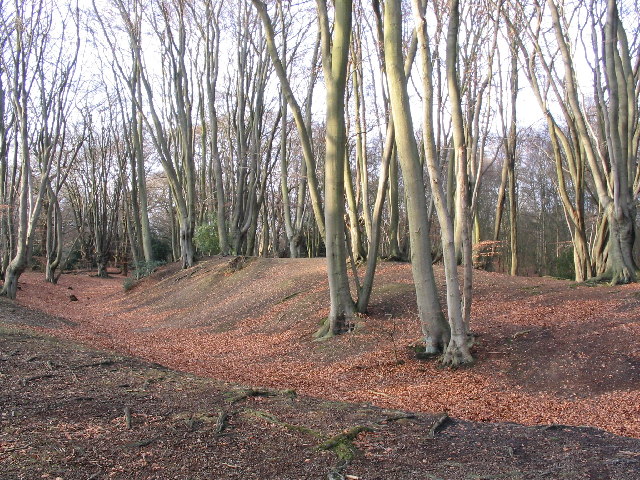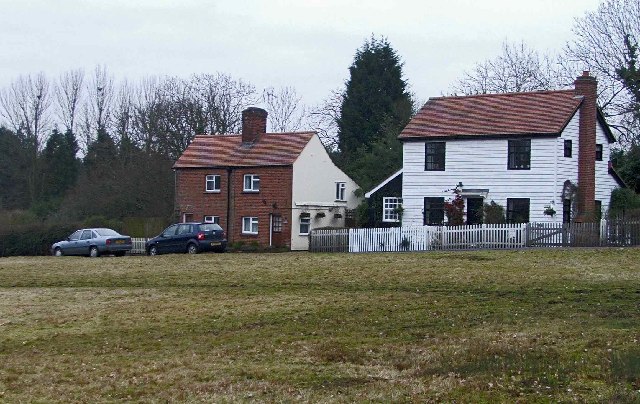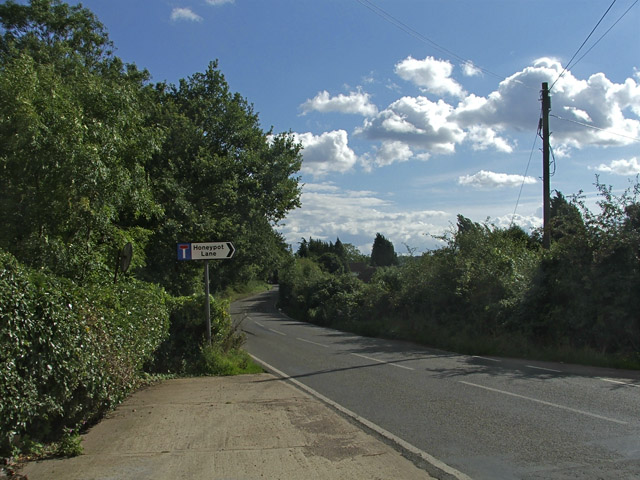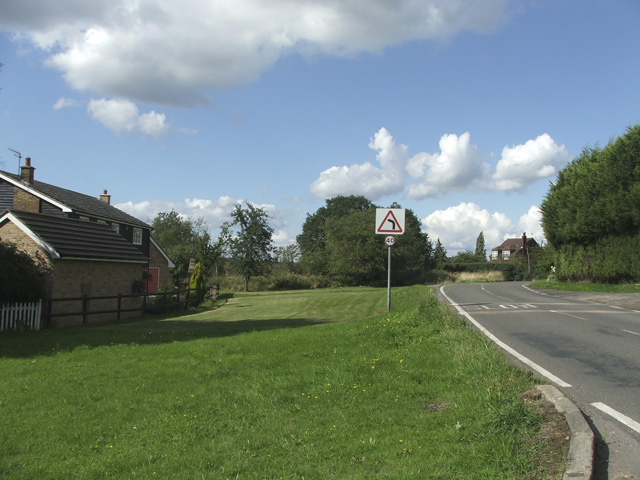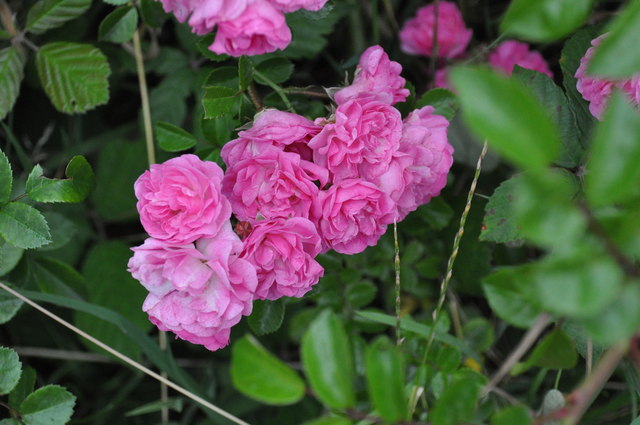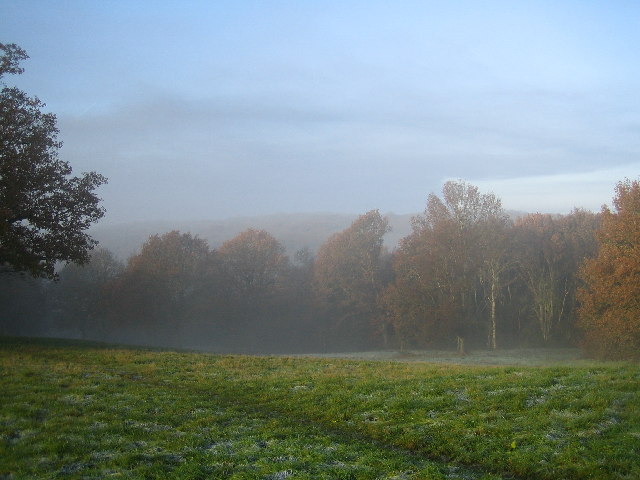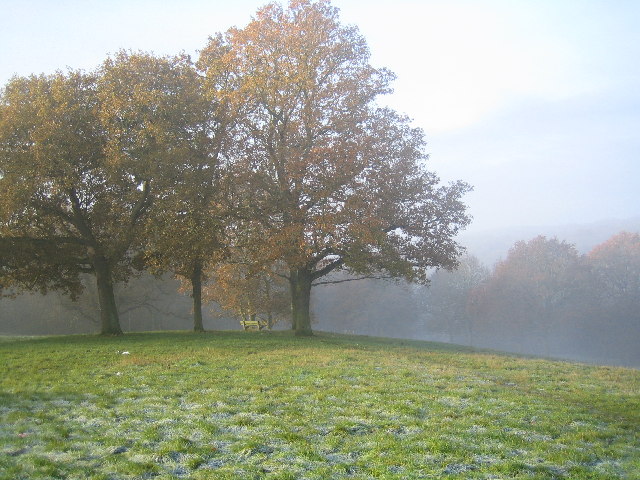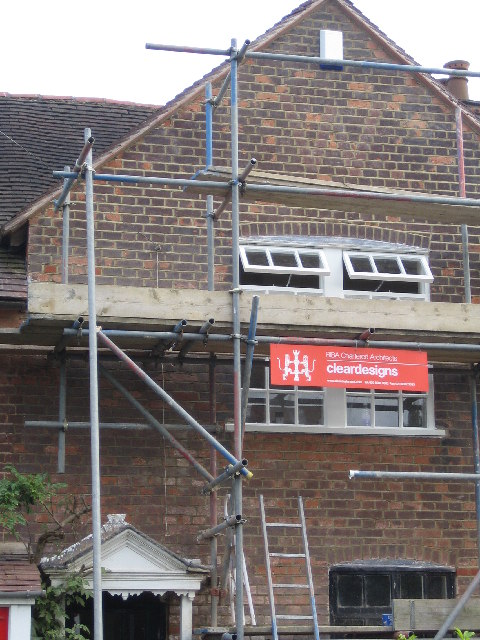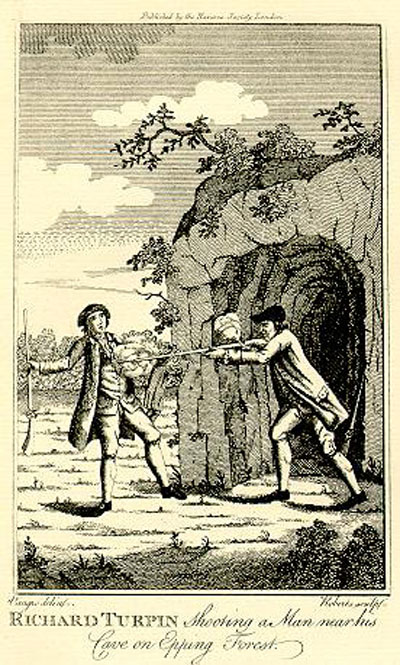Deershelter Plain
Wood, Forest in Essex Epping Forest
England
Deershelter Plain
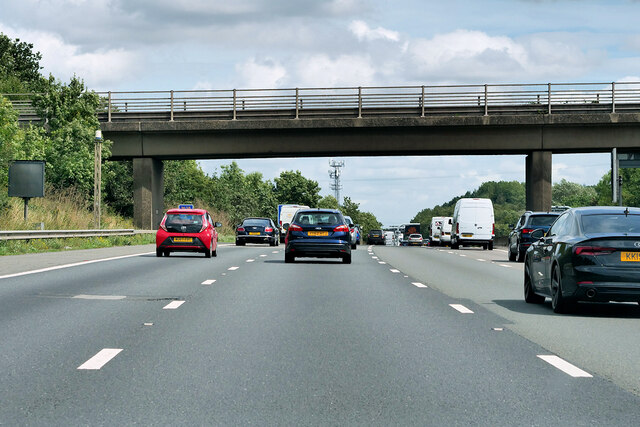
Deershelter Plain is a picturesque woodland area located in the county of Essex, England. Situated within a vast forest, it is a popular destination for nature enthusiasts and those seeking tranquility amidst the beauty of nature.
Covering an expansive area, Deershelter Plain is characterized by its dense woodland, abundant wildlife, and diverse flora. The forest is primarily composed of deciduous trees, including oak, beech, and birch, creating a rich tapestry of colors throughout the seasons. The forest floor is adorned with a carpet of wildflowers during springtime, adding to the enchanting atmosphere.
As the name suggests, the plain is also home to a significant population of deer, offering visitors the opportunity to observe these majestic creatures in their natural habitat. The deer, including fallow and roe species, roam freely throughout the woodland, making for a truly immersive wildlife experience.
For those interested in exploring the forest, Deershelter Plain offers an extensive network of walking trails and paths. These trails cater to various levels of difficulty, accommodating both casual strollers and avid hikers. Along the way, visitors can discover hidden streams, peaceful ponds, and even ancient ruins, adding an element of intrigue to their journey.
Deershelter Plain is also a haven for birdwatchers, with a diverse range of avian species inhabiting the area. From the melodious song of the nightingale to the colorful plumage of woodpeckers, bird enthusiasts will be delighted by the array of feathered friends that call this forest home.
Overall, Deershelter Plain in Essex is a captivating woodland oasis, offering a blend of natural beauty, wildlife encounters, and peaceful serenity for all who venture into its depths.
If you have any feedback on the listing, please let us know in the comments section below.
Deershelter Plain Images
Images are sourced within 2km of 51.671263/0.059934929 or Grid Reference TQ4298. Thanks to Geograph Open Source API. All images are credited.

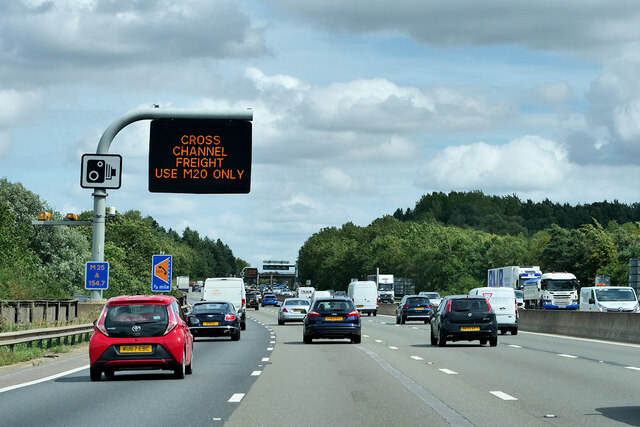
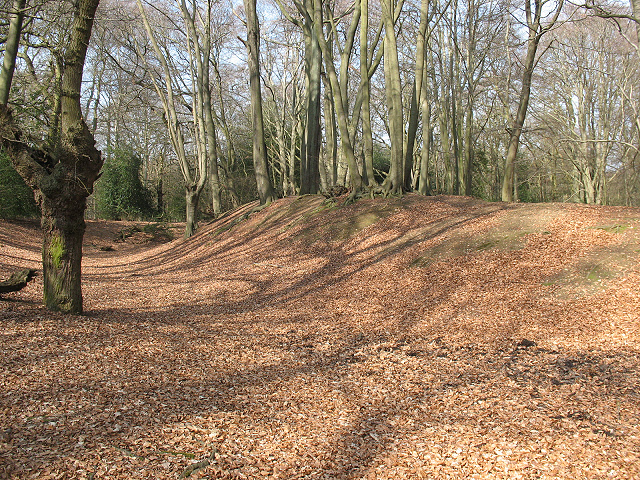

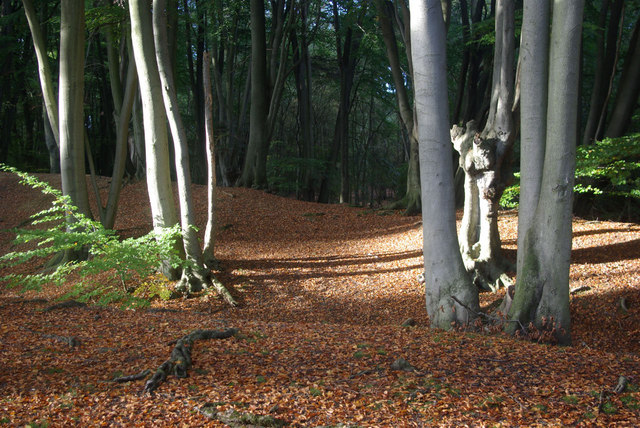
Deershelter Plain is located at Grid Ref: TQ4298 (Lat: 51.671263, Lng: 0.059934929)
Administrative County: Essex
District: Epping Forest
Police Authority: Essex
What 3 Words
///rams.charm.hurray. Near Theydon Bois, Essex
Related Wikis
A121 road (England)
The A121 road is a road in England connecting Waltham Cross and Woodford Wells. == Major settlements == The main settlements on it are Waltham Abbey and...
Great Monk Wood
Great Monk Wood is a wood within Epping Forest, in Essex, England. The wood, in the parish of Loughton, is centred on the Wakes Arms junction roundabout...
Epping Forest
Epping Forest is a 2,400-hectare (5,900-acre) area of ancient woodland, and other established habitats, which straddles the border between Greater London...
Debden House
Debden House is a conference centre and campsite located in Loughton, Essex, England. The house is owned and operated by Newham London Borough Council...
Loughton Camp
Loughton Camp is an Iron Age (~500 BC) Hill fort in Epping Forest, one mile (1.6 km) northwest of the town of Loughton. The camp's earthworks cover an...
Bell Common
Bell Common is a settlement in Essex, England and forms the southern part of the town of Epping. == Tunnel == The Bell Common Tunnel is a covered section...
Home Mead
Home Mead is a 1.8 hectare Local Nature Reserve in Loughton in Essex. It is owned and managed by Epping Forest District Council.This site has woodland...
Turpin's Cave
Turpin's Cave is an area of Epping Forest in Essex which has been attributed as a hiding place of the highwayman Dick Turpin. Dick Turpin knew Epping...
Nearby Amenities
Located within 500m of 51.671263,0.059934929Have you been to Deershelter Plain?
Leave your review of Deershelter Plain below (or comments, questions and feedback).
